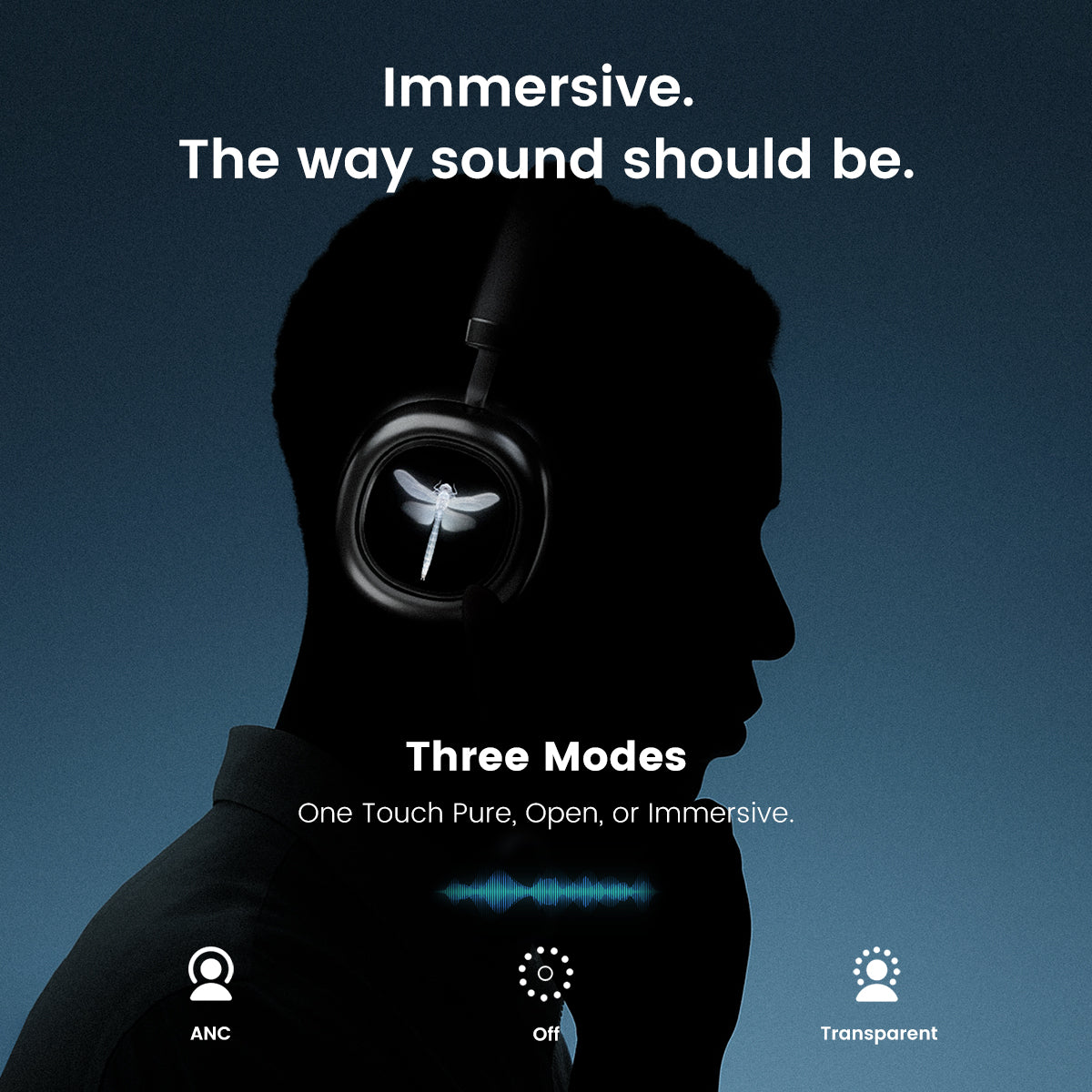How to Use Both Headphone Jacks on PC: Step-by-Step Guide
Many PC users want to drive two pairs of headphones simultaneously—for sharing audio or monitoring plus casual listening. If you're trying to figure out how to leverage a 3.5 mm headphone output (or multiple jacks), this guide will walk you through the steps and show how your headphone with a 3.5 mm port can fit in.
The term 3.5 mm headphone output refers to the standard analog audio jack used in countless PCs, laptops, sound cards, and consumer audio gear. Knowing how to route, duplicate, or switch audio between these outputs helps you fully use your setup.
Why You Might Want to Use Both Headphone Jacks
- Share music or a movie with someone else without splitting the audio.
- Use one headphone for monitoring (e.g. in streaming or gaming) and another for public listening.
- Compare audio on two different headphones to test sound.
Before going further, check whether your PC has single or dual 3.5 mm headphone output jacks; some motherboards or sound cards offer separate front and rear outputs.
Methods to Use Both 3.5 mm Headphone Outputs
1. Use Windows Sound Settings (Stereo Mix / Mirroring)
- Open Sound settings → Playback devices.
- Set one output (e.g. “Speakers / Headphones (Front Jack)”) as default.
- Enable Stereo Mix (or equivalent) and set its “Listen to this device” option to another output (rear jack).
- This way, the same audio is mirrored over both 3.5 mm headphone outputs.
2. Use a Hardware Splitter / Y-Adapter (Analog)
- A simple Y-split cable takes one 3.5 mm jack and splits it into two outputs.
- Ensures that both headphones receive the same signal.
- Beware: impedance changes may slightly affect volume or audio quality, but for many casual use cases, this is acceptable.
3. Use a DAC / Interface with Multiple Outputs
- USB audio interfaces often provide two or more line / headphone outs.
- You connect your PC via USB, then route output to both headphones via separate ports.
- This method gives you better control, isolation, and audio fidelity.
4. Use Audio Routing Software (Virtual Cable)
- Use software like Voicemeeter, VB-Cable, or similar.
- Route the PC’s audio output to two virtual outputs, each mapped to a different physical 3.5 mm output.
- Offers flexibility: volume control, mute, per-output EQ.
Using a Headphone with 3.5 mm Output — MorningBlues VWS X1
Your headphone MorningBlues VWS X1 includes a 3.5 mm headphone output, making it compatible with the methods above when used in wired mode.
Here’s how the VWS X1 can be used in a setup with dual 3.5 mm outputs:
- Plug one side of your Y-split or cable into your PC’s 3.5 mm headphone jack, and the other side to the VWS X1.
- Alternatively, route audio via a DAC / interface that outputs to multiple 3.5 mm jacks and send one channel to VWS X1 and another to a different headphone.
- In software routing, make sure the output device supports analog 3.5 mm headphone output, then assign one route to VWS X1 and another to a second headphone, both via 3.5 mm.
Because the VWS X1 supports both wired (via 3.5 mm) and wireless modes, it's flexible: when using the 3.5 mm output, it sidesteps Bluetooth latency and codec issues.
Tips & Best Practices
- Keep cable lengths matched to avoid delay or volume imbalance.
- Use high-quality shielded cables to reduce noise or interference—especially when splitting analog signals.
- When mirroring via software (Stereo Mix), check for latency or synchronization drift between outputs.
- Match headphone impedance when splitting — two vastly different impedance headphones might unbalance volume.
- Always disable one output in software if you want only one side active (to prevent phasing issues).
Final Thoughts
Understanding how to use both 3.5 mm headphone outputs on your PC gives you flexibility for sharing, monitoring, or comparisons. The inclusion of a 3.5 mm input on the MorningBlues VWS X1 means you can directly integrate it into these setups. Whether you choose analog splitting, DACs, or software routing, you can enjoy seamless dual-output audio.








Leave a comment
All comments are moderated before being published.
This site is protected by hCaptcha and the hCaptcha Privacy Policy and Terms of Service apply.